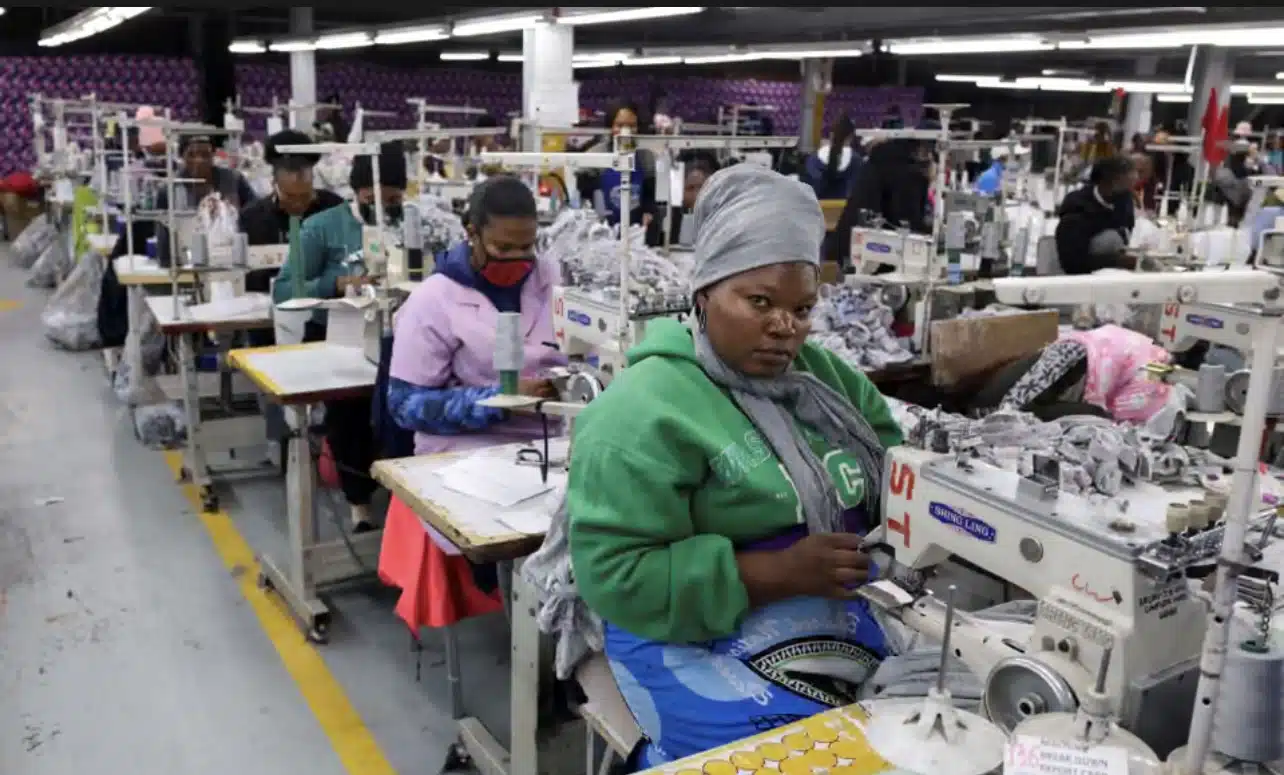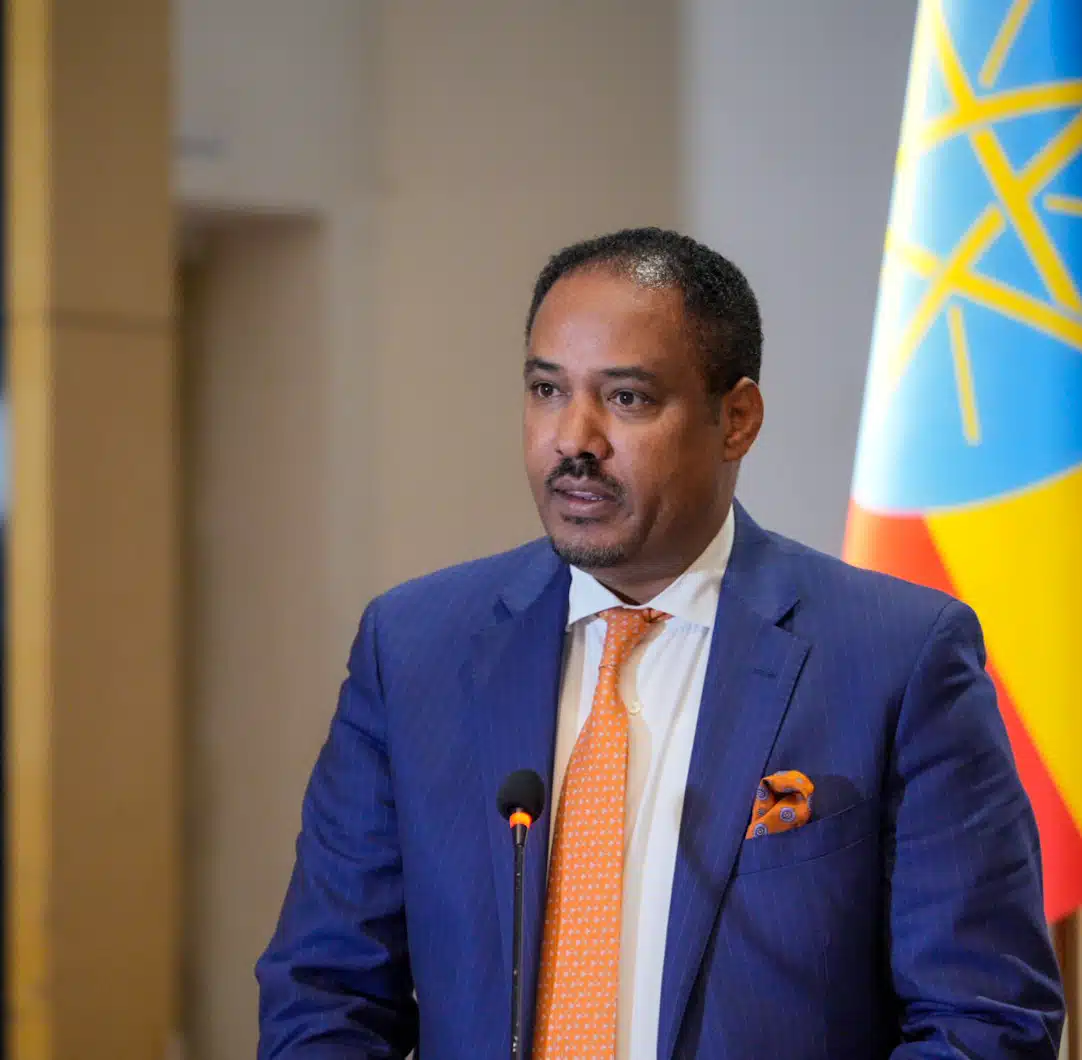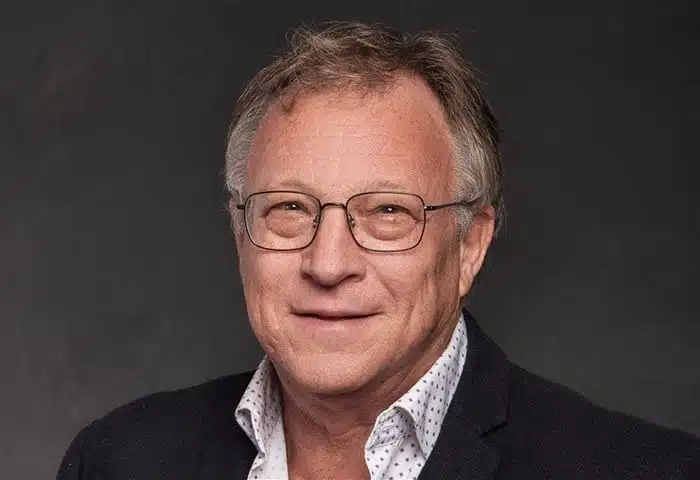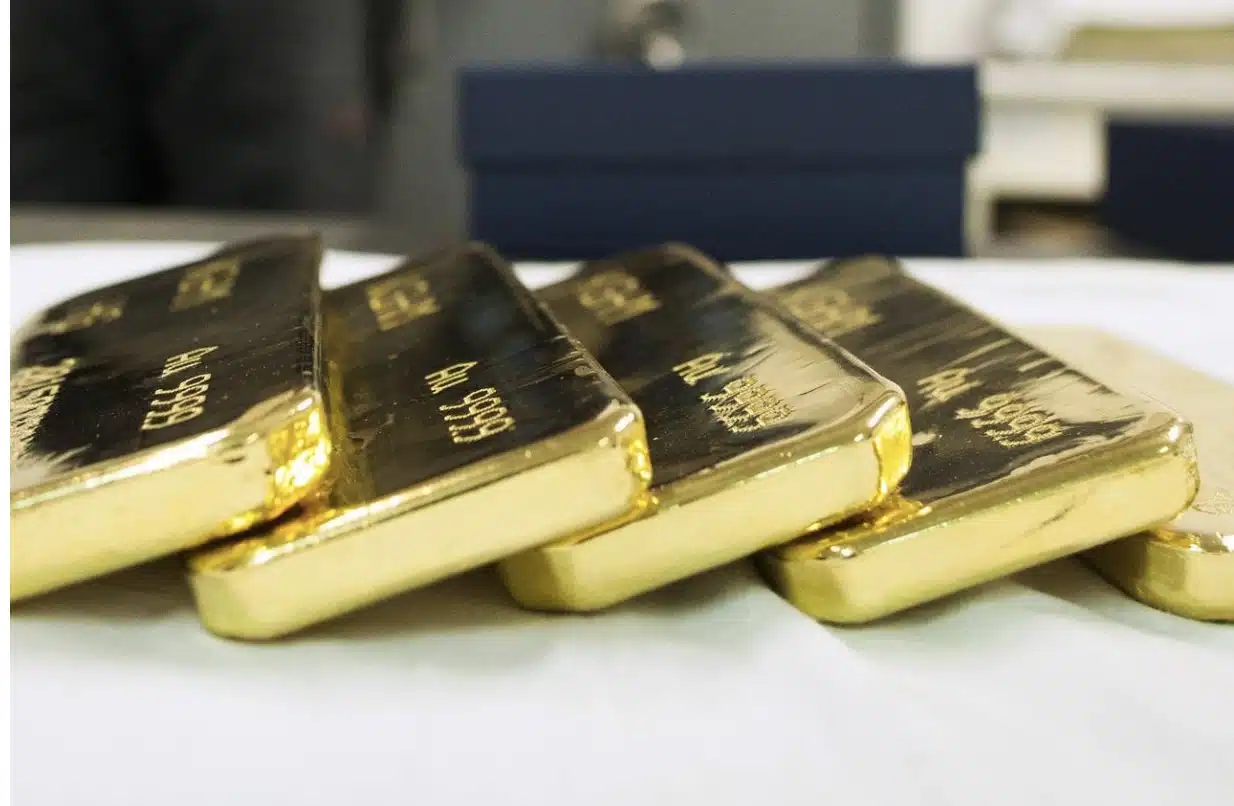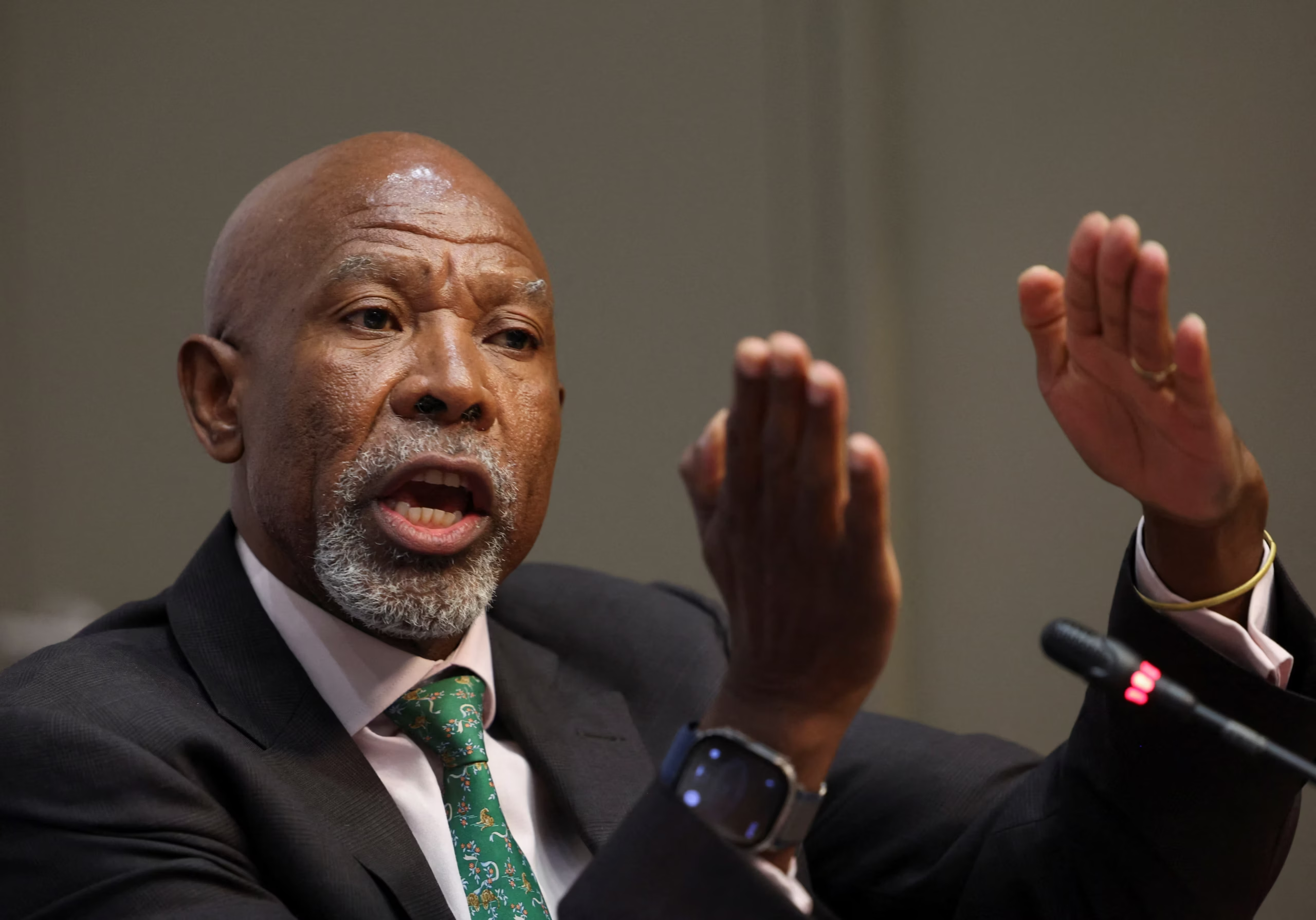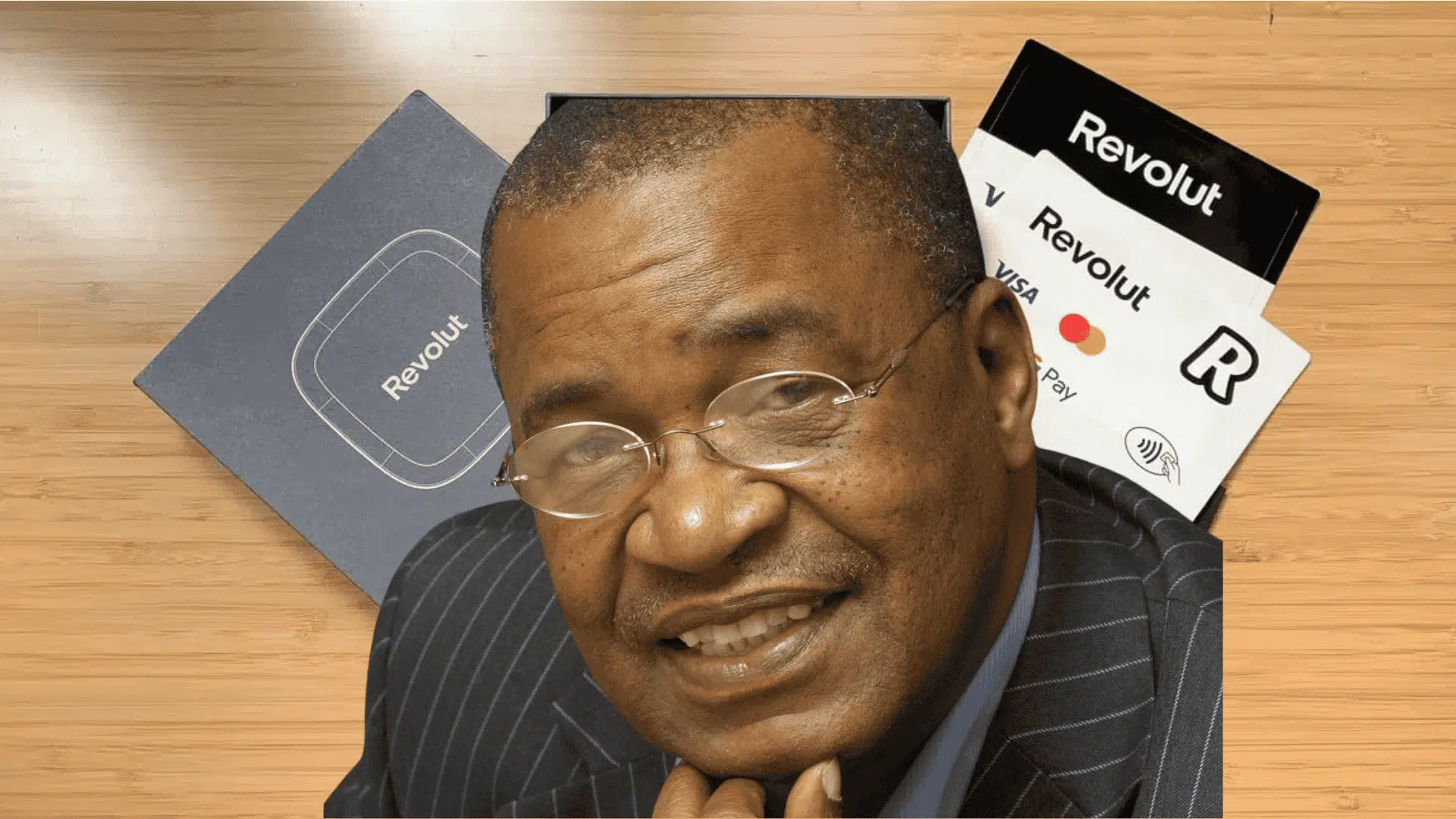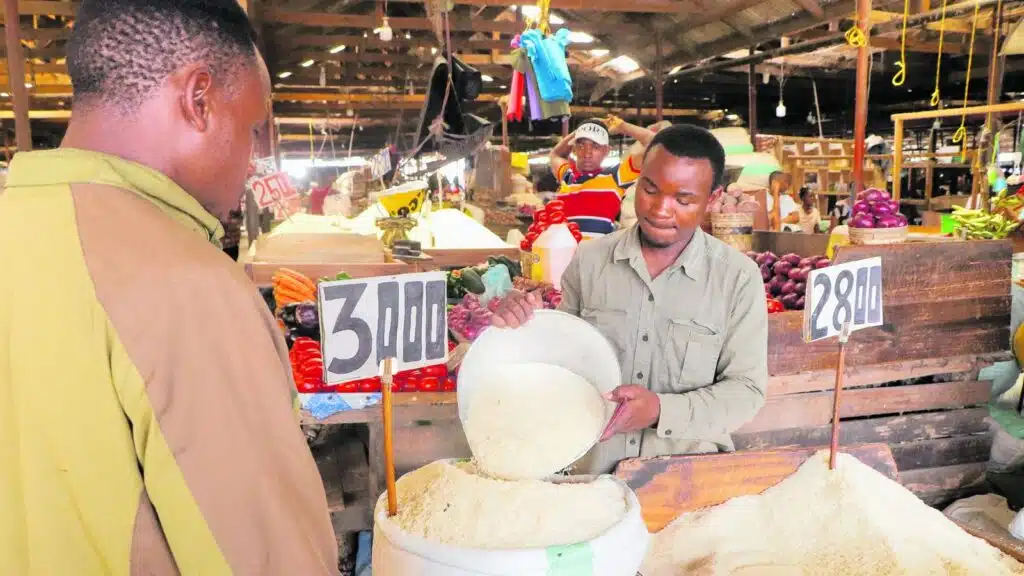Lesotho’s textile industry remains under threat despite being granted significant relief under the US’s revised tariff regime, Mokhethi Shelile, the country’s trade minister, warned on Friday.
Speaking a day after US President Donald Trump issued a new executive order modifying reciprocal tariff rates for more than 68 countries, Shelile said the country’s top export industry would continue to suffer from job losses even though Lesotho was spared from the steepest penalties.
“It’s a mixed feeling,” he said. “The sad part is that it is still not good enough … this will lead to job losses.”
Trump’s order, signed on August 1, 2025, cut the import duty on Lesotho’s goods to 15%, far lower than the 50% tariff the country had faced since April. At the time, Lesotho had been singled out for the highest rate of any US trading partner.
The new tariffs will take effect on August 9, according to a White House statement.
Despite receiving the sharpest cut in the new round of tariffs, the country’s textile industry, which has relied heavily on duty-free access under the US’ Africa Growth and Opportunity Act (AGOA), continues to reel from months of uncertainty.
The sector accounts for roughly 90% of the country’s manufacturing exports and directly employs around 40,000 workers, making it Lesotho’s largest private employer, according to Oxford Economics.
Under the initial tariff threat, US buyers cancelled orders from Lesotho-based factories, triggering mass layoffs across the country. Pressured by the spate of unemployment, the government declared a two-year national disaster in June to address the crisis.
Shelile noted that the revised 15% tariff was still too high for Lesotho’s garments to compete with regional players.
“Fifteen percent for the textile industry is as good as 50%, because there’s still no chance that our textiles will compete with Kenya or Eswatini, who have 10%. Those are our direct competition,” he said.
The African Development Bank had earlier warned that Lesotho’s economy could slow by less than 1% in 2025—its lowest rate in five years—if the 50% tariff threat materialised and textile exports continued to decline.
With the revised tariff expected to deliver similar damage, those risks may still stand.
On the other hand, the Trump administration has defended its tariff policy, claiming that Lesotho imposes a 99% tariff on US imports. Officials in Maseru, however, say they have no idea how the US arrived at that figure.
The executive order follows a three-month reprieve granted to most of the affected countries when the US first unveiled the tariffs in April.
On July 9, the grace period expired, prompting the administration to impose new duties on about 14 countries.
Lesotho was excluded from this second wave, but South Africa—its largest trading partner and source of customs revenues—was not.
Pretoria now faces a 30% blanket tariff and a 25% levy on auto exports to the US, adding further pressure on Lesotho’s already fragile economy.
To cushion the blow, textile producers in Lesotho have begun exploring alternative markets.
Shelile said his government would continue engaging with US counterparts in hopes of securing a further reduction in tariffs.

